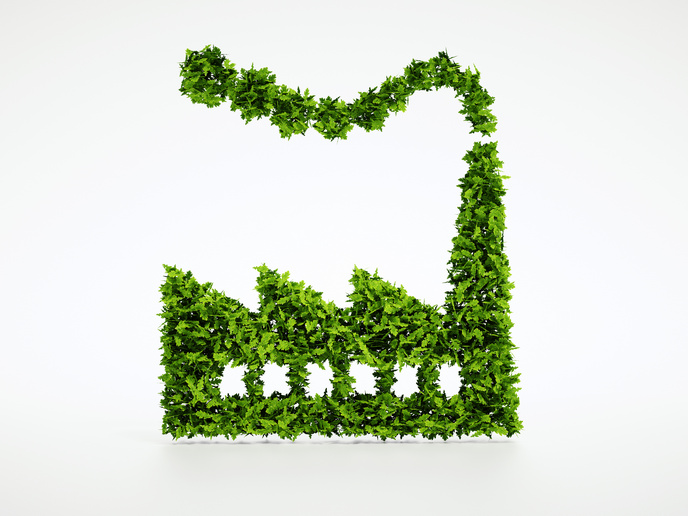Let me show you how to make industrial symbiosis work
Industrial symbiosis (IS) – where wastes or by‐products from one industry or process become the raw materials for another – has garnered a lot of attention in recent years as a way for energy- and resource-intensive industries to decarbonise. However, Europe still has a lot to learn about IS implementation and operation. Enter the EU-funded CORALIS project that aims to demonstrate real experiences on the deployment of IS solutions as well as ways to overcome any barriers to deployment. The initial demonstrations of the CORALIS approach in three industrial parks in Spain, Italy and Sweden have been followed by demonstrations in another three parks to replicate the initial results. The three follower sites are located in Basauri (Spain), Linz (Austria) and Izmit (Turkey). The focus on these three sites has been to develop IS solutions for the recovery and storage of thermal energy generated during steel production (Basauri), the production and exploitation of renewable hydrogen (Austria), and cost reduction in the treatment and valorisation of waste (Izmit).
Lessons learned
The experience gained so far from the CORALIS demo cases has resulted in some key best practices relating to the efficient design of an IS at the beginning. As described on the project website, these include the importance of engaging with stakeholders early on to build trust and establish clear communication channels, and of learning about an industry’s resource flows and waste streams to identify potential resource exchange opportunities. “Identifying and matching the resource needs and waste streams of potential participants is crucial to ensure that the exchange is mutually beneficial. The exchange should be based on a careful analysis of the availability, quality and cost of the resources involved,” reports the CORALIS article. Also important are the identification of potential barriers to IS implementation and the evaluation of environmental and economic benefits at an early stage. The article also highlights the importance of flexibility: “Industrial symbiosis projects are complex and dynamic, and there may be changes in the resource availability, production processes, or other factors that affect the symbiosis. It is important to design the symbiosis with some level of flexibility to adapt to changing circumstances.” Overall, for an IS to be effectively designed from an early stage, different methods and approaches need to be combined “that can identify potential synergies, assess the benefits, overcome the barriers and engage stakeholders.” As part of its efforts to achieve these goals, CORALIS is launching a tool to help assess the technical, economic and environmental feasibility of an IS project. This tool will make it possible for companies to find out how much they can save in costs and emissions before they invest. Another tool aimed at minimising risk and failure will allow companies to store all data on products and processes, as well as to manage the products’ entire life cycle. CORALIS (Creation Of new value chain Relations through novel Approaches facilitating Long-term Industrial Symbiosis) has made significant progress since its launch, having identified suitable IS options and developed and implemented related solutions. “The project continues to promote industrial symbiosis across Europe and it will be interesting to see how it evolves in the coming years,” the article concludes. For more information, please see: CORALIS project website
Keywords
CORALIS, industrial symbiosis, resource, industry, industrial process, waste stream



